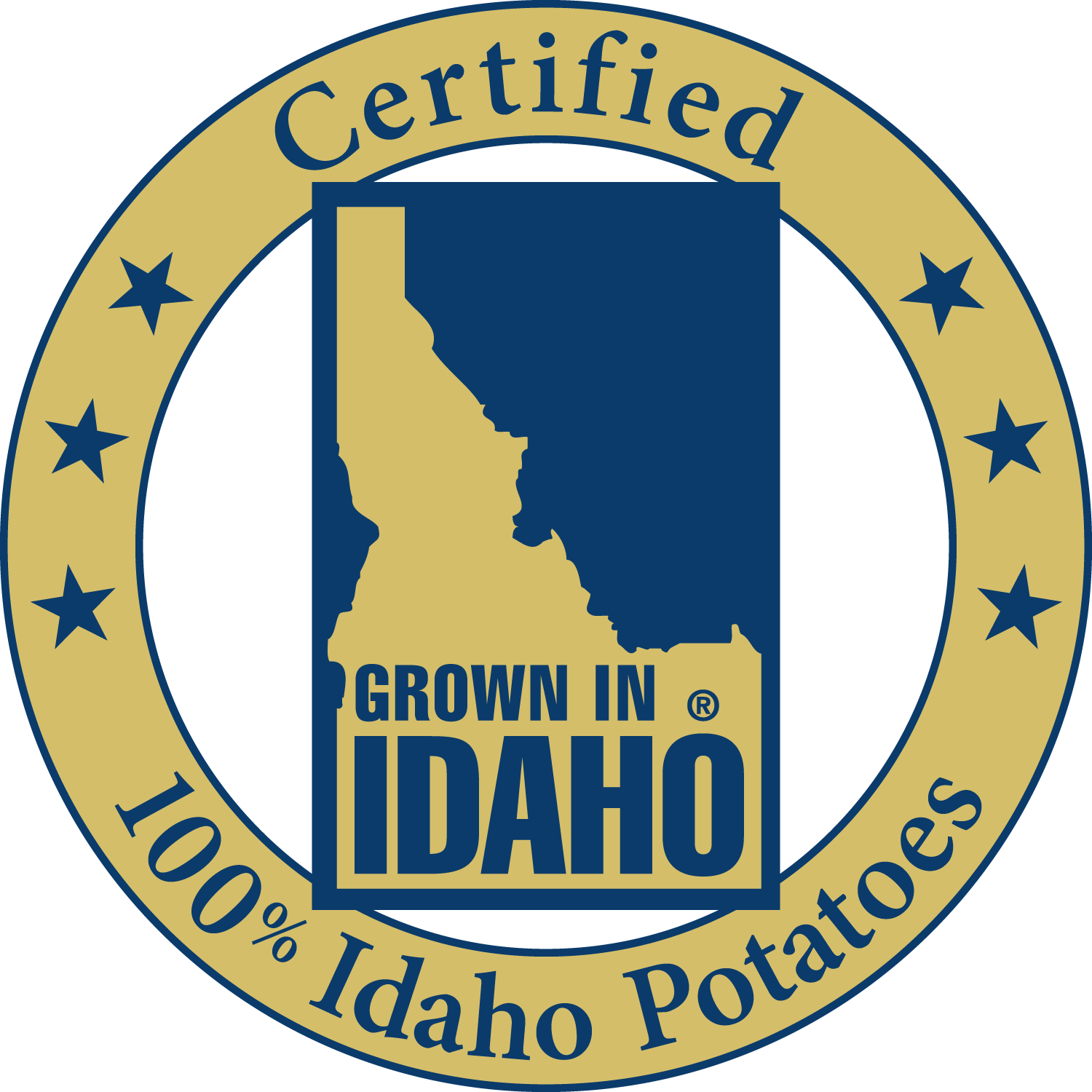Popular Tags
Ask Dr. Potato
With 938 posts, chances are there's already an answer to your question. Please try searching below before submitting a question to Dr. Potato. Use multiple words to help narrow down the results. For example, search for "potatoes" and "group" if looking for an answer on cooking potatoes for large groups.
I'm Making Potato Soup And Purple Foam Is Coming To The Surface Of The Water. Is this Safe To Eat?
I’m making potato soup with Russet potatoes, barley, onions, and water. As the pot boils, purple foam is coming to the surface of the water. What causes this and is it safe to eat?
The purple foam that you're seeing while making potato soup with Russet potatoes, barley, onions, and water is likely due to a chemical reaction between the potatoes and the water. While it's not common for the foam to turn purple, it could be related to the type of potatoes you're using or some other factors.
The purple color could be the result of pigments or compounds naturally present in the potatoes reacting with the boiling water. For example, some varieties of Russet potatoes may contain purple pigments that can leach into the water when they are boiled. Additionally, the pH level of the water and the type of utensils or cookware you're using can sometimes influence the color of the foam.
In most cases, the purple foam is harmless and safe to eat. It's unlikely to be a sign of spoilage or contamination. However, if you're concerned about the color or if there are any unusual odors or other signs of spoilage, it's a good idea to exercise caution and consider discarding the foam or the top layer of soup if you have doubts about its safety.
To prevent or minimize the purple foam, you can try the following:
- Rinse the potatoes before adding them to the soup to remove any excess surface starch.
- Use a stainless steel or non-reactive pot to cook the soup, as reactive materials can sometimes affect the color of the food.
- Check the pH level of your water; if it's highly alkaline or acidic, it can affect the color of certain foods. Using neutral or slightly acidic water might help.
Remember that food safety is essential, so if you ever suspect that something might be off with your soup, it's better to err on the side of caution and not consume it.
Share This

Dr. Potato isn't a real doctor but a team of potato experts ready to answer all your potato questions.
Click here to submit »
Dr. Potato Categories
The Idaho Potato Commission
Established in 1937, the Idaho Potato Commission (IPC) is a state agency that is responsible for promoting and protecting the famous "Grown in Idaho®" seal, a federally registered trademark that assures consumers they are purchasing genuine, top-quality Idaho® potatoes. Idaho's ideal growing conditions, including rich, volcanic soil, climate and irrigation differentiate Idaho® potatoes from potatoes grown in other states.
Contact
661 South Rivershore Lane
Suite 230
EAGLE, ID 83616
Phone: 208-334-2350
Fax: 208-334-2274
More

